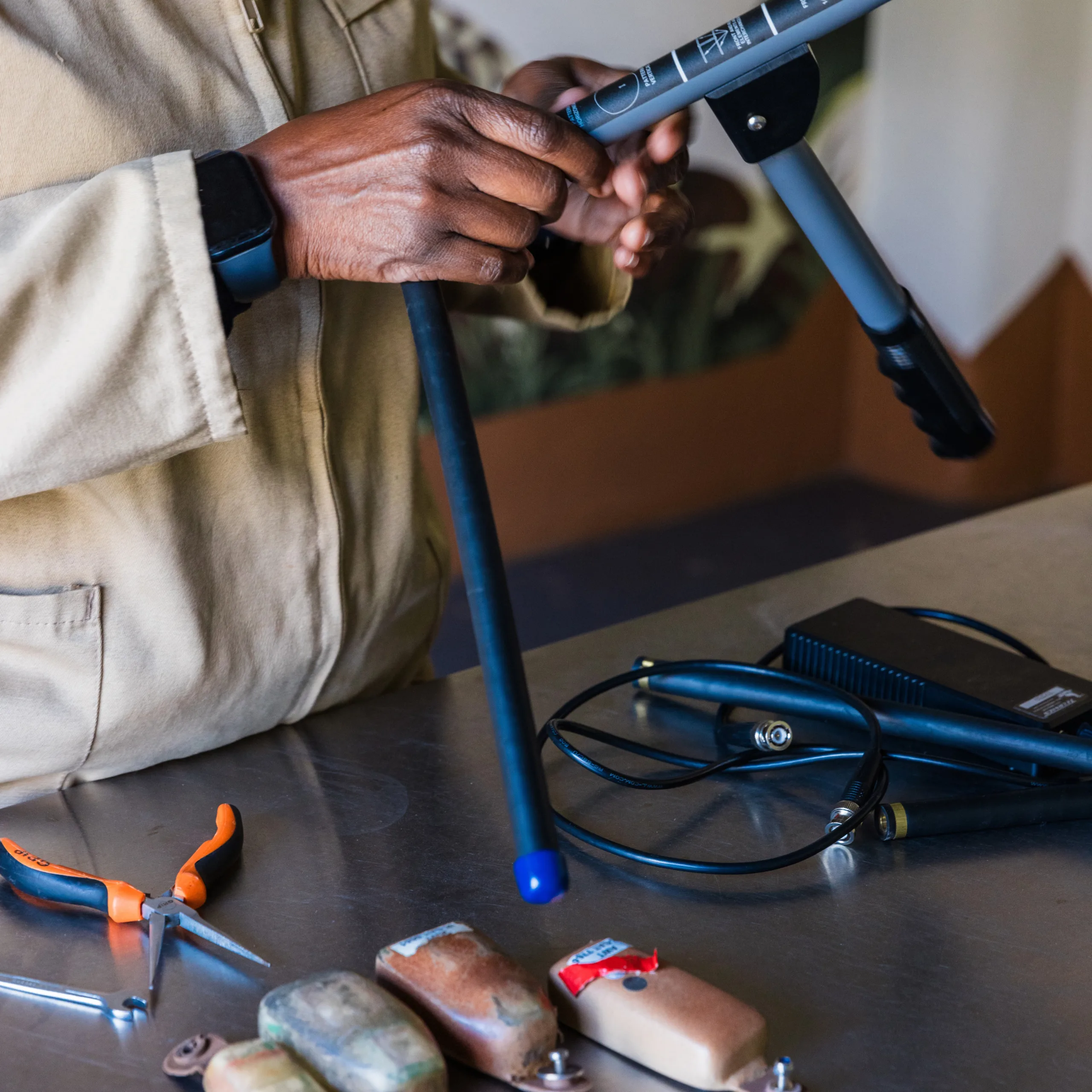By Natasha Kabanda
A tip-off sets law enforcement in motion; when they intercept the traffickers, they find a pangolin, curled tight, mute with fear, stuffed into a battered sack.
To the untrained eye, it may appear as nothing more than a pile of dried leaves, but to the wildlife intelligence officers, it is a life teetering on the edge. This is how most rescues begin: with trauma.
Across Africa, pangolins face a relentless threat. Their scales, composed of keratin, the same material as our fingernails, are erroneously prized in some cultures, while their meat is consumed as a delicacy in others. This demand has made them the most trafficked mammal on earth, a tragic title that has pushed all eight species into CITES Appendix I, prohibiting international commercial trade. In Zambia, two species exist: Temminck’s ground pangolin and the white-bellied tree pangolin, both of which are under threat. When pangolins are seized from traffickers, the animals are often dehydrated, malnourished, and terrified. Some bear wounds from rough handling. Others are juveniles, ripped from their mothers and desperately vulnerable. As Dr. Chadzantso Phiri, Acting Senior Veterinarian at DNPW, shared in a recent WCP podcast, “Without stabilisation and rehabilitation, most pangolins wouldn’t survive more than a few days.”
Once in safe hands, the pangolin’s journey shifts from crisis to healing. The first steps are critical: rehydration, treatment of wounds, parasite control, and careful monitoring of stress. Pangolins are extraordinarily sensitive animals. Even well-intentioned human interaction can trigger death. That is why the veterinary and keeper teams at the Pangolin Rehabilitation Centre have developed quiet, low-disturbance care routines designed to minimise stress. For orphaned pangolins, the process is even more delicate. They may require milk substitutes, round-the-clock feeding, and constant supervision. Each case is unique, and each animal demands a care plan built on patience, vigilance, and deep compassion.
Rehabilitation then becomes a daily rhythm of endurance and recovery. Long before sunrise, the keepers carry pangolins out into the bush for foraging walks, where the animals probe termite mounds with their approximately 40cm long tongue. Success is measured not only by how much they eat, but also by subtle signs, such as increased energy, a steadier pace, and a healthier weight gain. After the morning feeding, the pangolins are weighed, recorded, and allowed to rest before the process repeats again at dusk. This cycle, repeated every day, is designed to mimic their natural behaviour while gradually restoring their strength and stamina.
Weeks or months may pass before a pangolin is ready to return to the wild, depending on the condition it was rescued in. The decision is never rushed; health status, body weight, feeding stamina, and behavioural observations are carefully reviewed. When the time comes, the pangolin is fitted with a GPS or VHF tag to allow monitoring of its progress after release. The release itself is usually conducted at night, when pangolins are naturally active. The crate door is opened gently, and under the cover of darkness, the pangolin takes its first steps back into freedom. For the keepers who have cared for it, this is the most rewarding moment: watching an animal once broken by trafficking shuffle away into the bush, strong enough to reclaim its place in the wild.
But release is not the end. Through post-release monitoring, WCP, the Department of National Parks and Wildlife, and partners such as Conservation Lower Zambezi track survival and behaviour. In a recent two-year study, 14 rehabilitated pangolins were monitored, and the results were striking. 82 % survived the first month, 64 % reached three months, and half were still alive after a year. For a species once considered impossible to keep alive in care, these figures are groundbreaking. They prove that with science-based rehabilitation, pangolins stand a real chance of survival after trafficking.
These numbers, however, are more than statistics. Each survivor represents a pangolin that would otherwise have been lost forever. Each data point contributes to a growing body of knowledge that is shaping pangolin conservation across Africa. Field teams have hiked long hours to investigate silent signals, sometimes finding animals safe and burrowed, sometimes uncovering sobering truths. Each outcome informs new protocols and improves the odds for the next rescue.
The ecological importance of these animals cannot be overstated. A single pangolin can consume tens of millions of ants and termites in a year, acting as a natural pest controller that protects crops and supports forest regeneration. Their disappearance would cause ripple effects through ecosystems, affecting soil stability, food security, and biodiversity. By rescuing, rehabilitating, and releasing pangolins, Zambia is not only saving individuals but it is preserving balance in nature.
Yet the work is costly and increasingly demanding. Rescues are rising. The number of trained keepers is limited. Medical treatments, milk substitutes, and tracking equipment are expensive. Climate change is altering insect populations, making rehabilitation more complex. Vehicle fuel, field rations, night-vision gear, and the constant replacement of GPS trackers stretch the programme’s resources to their limits. As Dr. Phiri noted in the podcast, this is not just conservation; it is a race against time, and it requires sustained support from partners and the public.
The story of a rescued pangolin is a story of trauma turned to triumph, but it is also a reminder of the fragility of that triumph. Every release into the wild represents countless hours of work, sleepless nights, and a web of partnerships that span law enforcement, veterinary science, and community outreach. Each pangolin saved is one step away from extinction and one step closer to hope.
Your support can help write the next chapter. By donating to the WCP Protect the Pangolin programme, you ensure that every rescued animal has access to expert veterinary care, nutritious feeding walks and post-release monitoring that tracks its survival. You make it possible for handlers to continue walking at dawn and dusk, patiently guiding pangolins back to strength. You put GPS tags in the field, keeping the science of conservation alive. And above all, you give this extraordinary species the chance to endure in the wild, where it belongs.
The pangolin is quiet, misunderstood, and slipping away. But together, we can change its story. Join us in protecting Zambia’s pangolins. Give today and help turn rescues into triumphs.
To save a pangolin today, scan the QR code.



0 Comments